No products in the cart.
American Basswood Tree (Tilia Americana) – 3 Gallon Pot
$84.97 Original price was: $84.97.$59.48Current price is: $59.48.
SKU: D2LSC 2031075520 Categories: FRAGRANT PLANTS, PLANTS & TREES
- The quality you expect, the service you deserve.
- Where quality meets convenience.
- Shop with Zero Worries
- Service with a smile, always online.

American Basswood Tree
Tilia americana
Other Names: American Linden, Lime Tree, Bee Tree
Plant Details
USDA Plant Hardiness Zones: 2a-8b Find Your Zone
Plant Type: Deciduous Tree
Height at Maturity: 50-80′
Width at Maturity: 30-50′
Spacing: 55′ for space between trees
Spacing: 55′ for space between trees
Growth Habit / Form: Upright Rounded to Rounded Pyramid
Growth Rate: Fast, 18-24″ or more per year
Flower Color: Soft Yellow
Flowering Period: Spring
Flower Type: Single in clusters
Fragrant Flowers: Yes
Foliage Color: Dark Green
Fall Foliage Color: Clear Yellow
Fall Foliage Color: Clear Yellow
Fragrant Foliage: No
Bark Color: Grey
Sun Needs: Full Sun to Part Shade
Water Needs: Average; tolerates drought when established
Soil Type: Clay, Loam, Sandy, Silt
Soil Drainage: Moist But Well Drained; drought tolerant when established
Soil pH: 6.0 – 7.5
Maintenance / Care: Low
Attracts: Beneficial Pollinators, Butterflies, Birds
Resistances: Clay Soil, Cold temperatures (-50F), Deer, Disease, Drought (when established)
Description
Tilia americana, commonly called American Basswood, is a large and handsome North American tree which typically grows 50 to 80 feet tall and 30 to 50 feet wide, making it a perfect candidate for a shade tree. It is extremely cold tolerant to USDA Zone 2a (-50F) and hardy south to the southern Appalachians, it thrives in both dry upland areas as well as moist, low woodland areas. In late spring to early summer it produces abundant clusters of fragrant soft yellow flowers. Each flower cluster droops from a showy, papery, narrow, leaf-like bract to 5” long. When in full bloom, the honey bees often visit in such abundant numbers for the nectar that humming can be heard quite a distance from the tree. Honey made from the nectar of these flowers is a prized gourmet item. Flowers have also been used to make tea. The large and attractive ovate dark green leaves up to 6 inches long have serrated margins and silvery undersides. As with sugar maples, syrup can be made from the sweet sap of the Basswood.
Wildlife Benefits
The flowers of Basswood attracts butterflies, honeybees and other beneficial pollinators for the rich nectar. Squirrels and chipmunks love to eat the seeds.
Landscape & Garden Uses
Growing 50 to 80 feet tall and 30 to 50 feet wide depending on climate, soil type and soil moisture, the American Basswood tree is ideal for use as a specimen shade tree or in groupings or groves in large open spaces and sunny to partially shaded woodland borders. A fine addition to native plant gardens and wildlife gardens.
Suggested Spacing: 55′ apart for space between trees
Growing Preferences
Thriving as far north as Zone 2a, where temperatures can drop to -50F during winter, and as far south as Zone 8b, the American Basswood tree is easy to grow in most any moist but well-drained soil of average fertility, including clay, and full sun to part shade. Has good drought tolerance when established. Does not require pruning however stray or damaged branches can be pruned any time of year and lower branches can be removed on younger trees to a desired height. We suggest at least 6 hours of direct sunlight per day..
Note: Find helpful advice from our experts under the Planting & Care tab above on desktop computer monitors or below on mobile devices.
Plant Long & Prosper!
Meet The Wilson Brothers & Staff
Questions? Contact Us!
Be the first to review “American Basswood Tree (Tilia Americana) – 3 Gallon Pot” Cancel reply
Related products
Sale!
Sale!
Sale!
PLANTS & TREES
Sale!
Sale!
PLANTS & TREES
Dwarf Golden Leaf Bamboo – Pleioblastus Viridistriatus ‘Chrysophyllus’ – 1 Gallon Pot
Sale!
Sale!
GROUNDCOVER PLANTS
Sale!
PLANTS & TREES





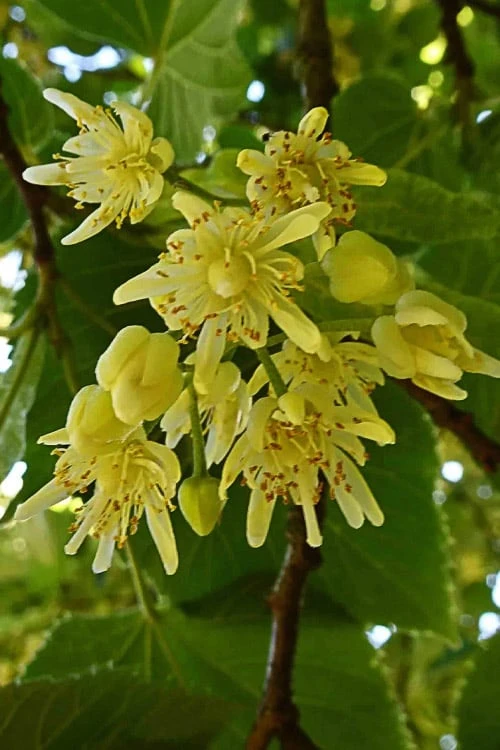
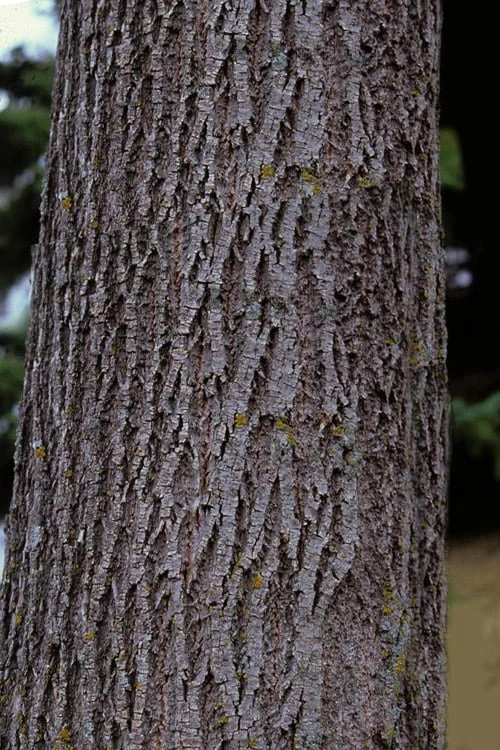





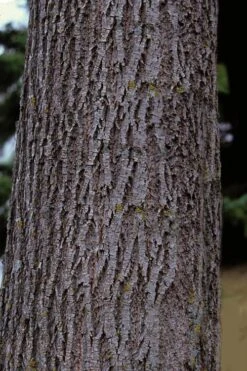
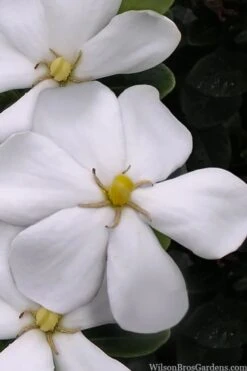


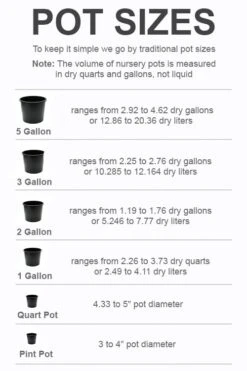

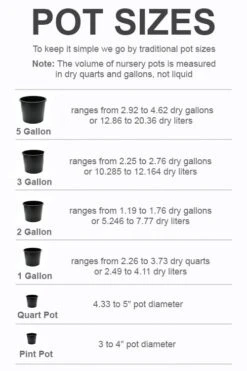






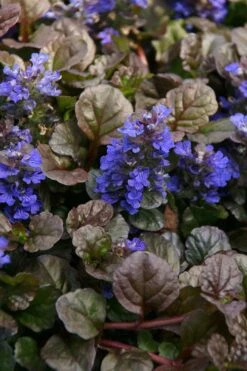
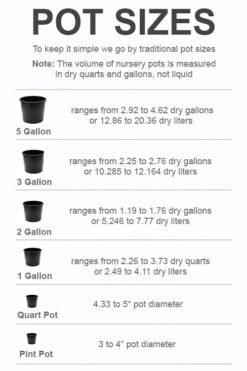
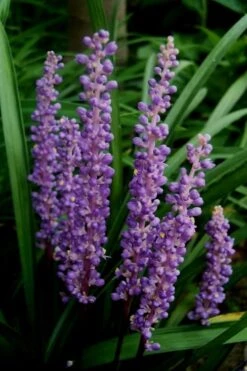
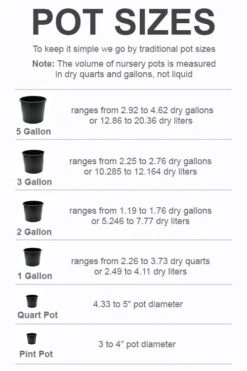
Reviews
There are no reviews yet.